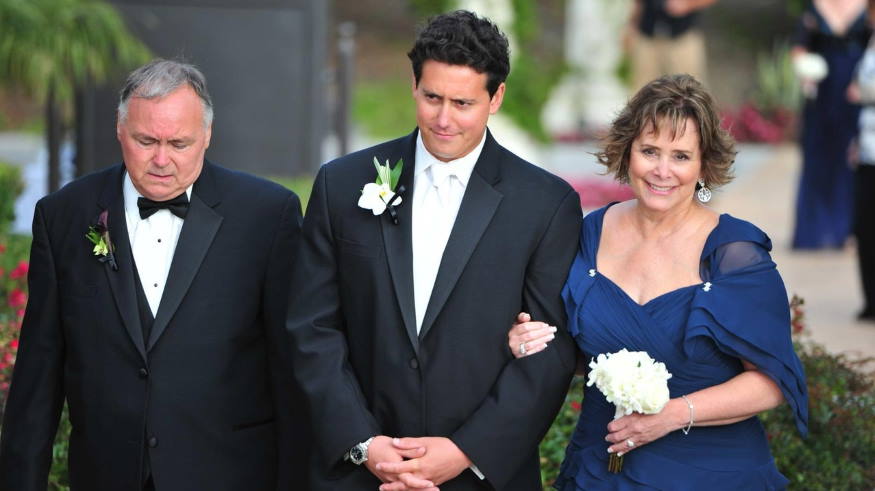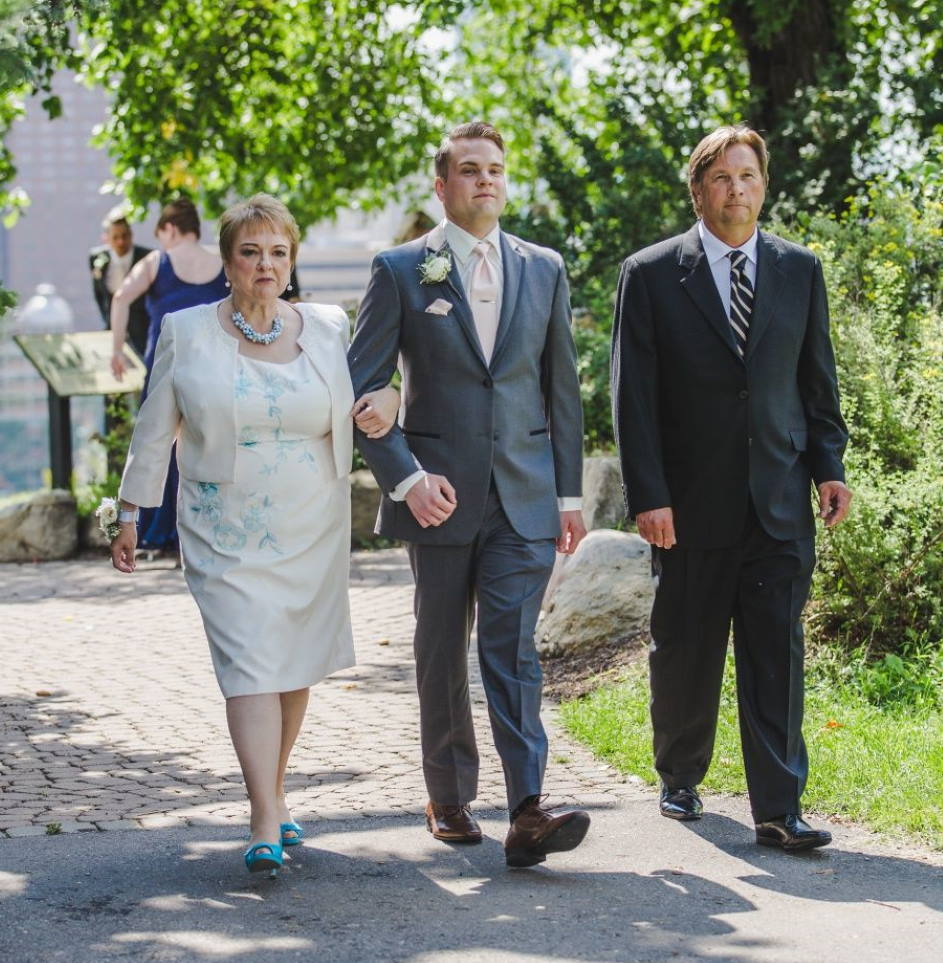When the details are selected, the stylistic theme is set, and the guests are seated, it’s an ideal opportunity to head down the aisle to start the wedding ceremony! Something is secured every one of the choices you need to get the bride down the aisle, the groom needs to arrive, as well yet how?
Who walks the groom down the aisle? Specialists have the details on the numerous ways the groom can get down the aisle at his wedding ceremony.
How the groom walks down the aisle (and with whom) often relies upon the sort of ceremony the couple is having, including both any religious attachments and the custom.
For a Jewish Wedding
In a customary Jewish ceremony, the first person to walk down the aisle is the officiant. The individual in question is quickly trailed by the groom, wither his mother or his father walks the groom down the aisle. Once at the chuppah, the groom waits outside of the chuppah to welcome his bride, while his parents assume their conventional position underneath the chuppah.

For a Christian Wedding
There are a couple of alternatives for Christian weddings. The most widely recognized is for the grandparents to be seated first, trailed by the groom’s parents and the bride’s mother. At that point, the officiant drives the groom, best man, and groomsmen to the special stepped area, often from the side rather than down the aisle.
If the bridesmaids and groomsmen will walk together, the officiant will lead the groom in from the side, and afterward the groomsmen will escort the bridesmaids down the aisle.
On the other hand, sometimes groom walk down the aisle with his mother and then the officiant can lead the groom and groomsmen to the raised area before any other person forms (pursued quickly by the seating of the grandparents), enabling the groom to watch the whole processional.
 For a Hindu Wedding
For a Hindu Wedding
In a Hindu wedding, the groom walks down the aisle to music, makes a grand entrance during the brat, where he arrives on an exceptionally decorated horse joined by his family. Guests are often engaged with this parade, alongside performers playing as the groom moves from on the horse.
When the groom and his family arrive at the ceremony, they are invited by the bride’s parents, once in a while with garlands of flowers and sweets. At that point, the bride’s parents take the groom’s arms and escort him to the man dap, where the ceremony happens.
For a Muslim Wedding
The essential custom at an Islamic wedding is the marking of the Nikah, or marriage contract, which means a processional doesn’t generally happen. Nevertheless, contingent upon the couple’s way of life and where the wedding is occurring, the ceremony might be gone before by a brat, like the one practiced by Hindus, with the groom landing on a decorated horse.
